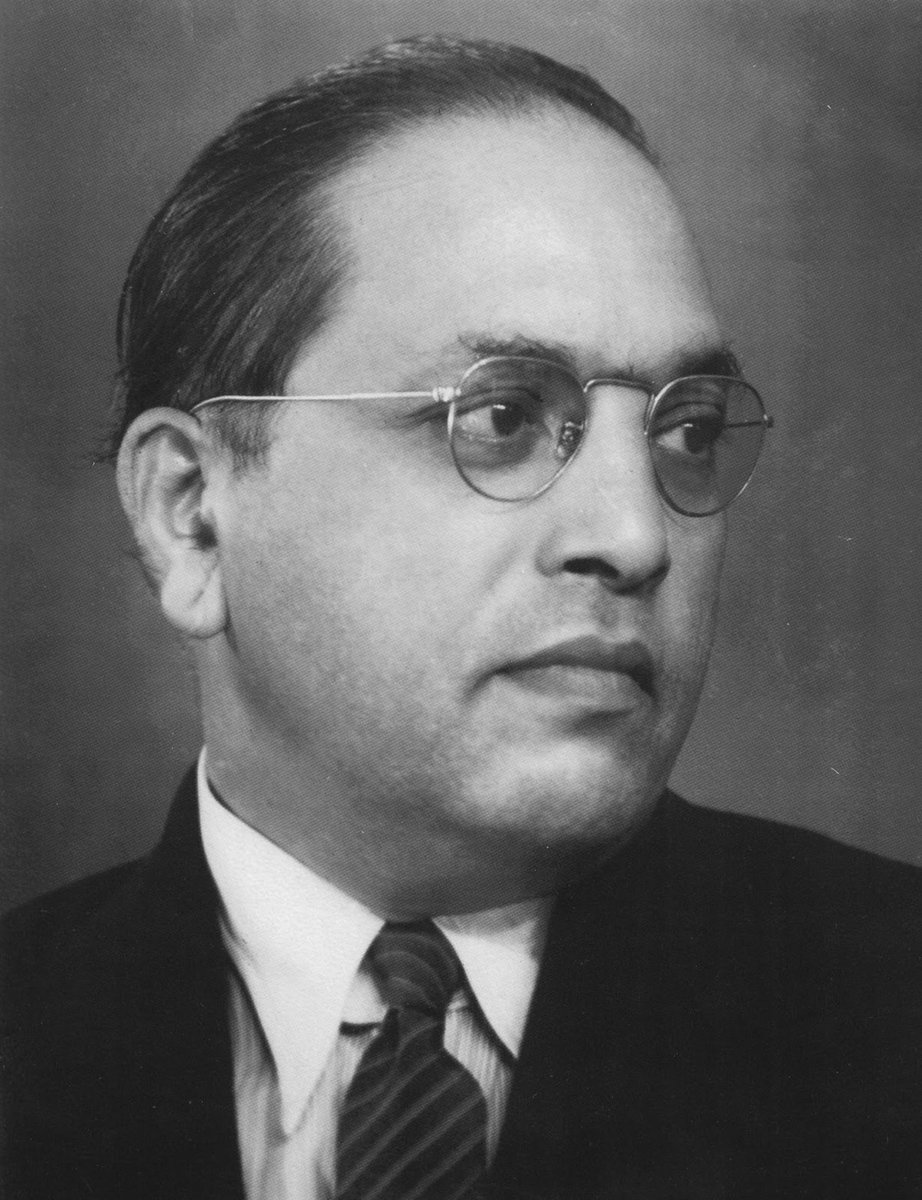
What is common between saints like Sai Baba of #Shirdi, Jangli Maharaj & Bidkar Maharaj (#Pune), Vidyanand Saraswati (Ahmednagar) & Swami Samartha of #Akkalkot? They may have had links with revolutionaries trying to overthrow #British rule over #India
#history #Maharashtra #Pune


#history #Maharashtra #Pune



This is a thread on sadhus and holy men and how they tried to aid the revolutionary struggle against the British.
Some holy men like Sant Bairagi Baba, who may have been Rango Bapuji Gupte, Swami Brahmananda from Digras in Yavatmal, Vitthalgiri Bua (Amravati) & Swami Nityanand were part of the 1857 war of independence. #1857
After the rebellion failed, some of these revolutionaries became sadhus & holy men because it would allow them to blend into the local populace & also wield a religious authority over them.
They and their devotees also helped revolutionaries by sheltering them & helping them evade the police. These revolutionaries in turn, revered these holy men and sought their blessings and advice.
The British were mindful that they could not arrest or act against these sadhus as this would provoke their devotees.
It is said that Sai Baba of Shirdi & Jangli Maharaj of Pune had fought against the British in the 1857 war.
The revolutionary Vasudeo Balwant Phadke (1845-1883) was a devout man. He went to several sadhus, including Swami Samarth of Akkalkot and sought their blessings for his uprising. 

Phadke kept his sword before Swami Samartha Maharaj, touched his feet and sat before him. He wanted the saint to give him the sword with his hands, signifying that his efforts will succeed.
However, Swami Samartha asked one of his devotees to keep the sword on a nearby tree. Phadke waited in vain for the Swami to give him the sword & eventually left dejected. The Swami's act was meant to signify that Phadke's efforts will not succeed.
Phadke also met sadhus like Manik Prabhu, Kaalbua and Brahmachaitanya Gondavalekar Maharaj of Gondavale in Satara. Brahmachaitanya had tried to impress upon Phadke that this was not the right time for an armed rebellion.
Phadke put up a heroic resistance to the British but was arrested and imprisoned at Aden, where he breathed his last.
Swami Vidyanand Saraswati from Belapur in Ahmednagar district's Rahuri taluka was one such sadhu. He was arrested by Captain Natal in Thane district in 1857 and confined to the Solapur fort. He became a sadhu after his release.
He settled at Belapur later. The Swami, who hailed from Benaras, had a licensed gun. The police were maintaining a constant watch on him.
After he took samadhi, some youngsters from Kolhapur like Damu Joshi, Datto Prasade, Vaman Gopal Gulawane launched a 'Belapur Swami club' after worshipping his padukas.
Like Vidyanand Saraswati, Swami Brahmananda from Baroda had also fought in the 1857 war.
Some other sadhus and religious figures who were actively helping armed revolutionaries included Bidkar Maharaj and Bramharshi Annasaheb Patwardhan from Pune, Sheelnath Maharaj (Devas), Yogiraj Vinayakbua Fatak & Yogi Vishnu Bhaskar Lele.
You can also read this thread about another enigmatic & intriguing figure from #history. This is about the revolutionary Sadashiv Nilkanth Joshi aka Raosaheb Peshwe, Bhausaheb Limaye, Ganesh Keshav Limaye, Bhausaheb Kashinath Khasgiwale
https://twitter.com/dhavalkulkarni/status/1567876756199325696?s=20&t=wSu2QlszXJj1M5UxVezA0w
Sources:
Lokmanya Tilak aani Krantikarak by Y.D. Phadke
Adya Krantikarak Vasudev Balwant Phadke by V.S. Joshi
Lokmanya Tilak aani Krantikarak by Y.D. Phadke
Adya Krantikarak Vasudev Balwant Phadke by V.S. Joshi
References to Sai Baba & Jangli Maharaj are based on local lore. There are no firm textual reference about the lives of these saints before they became sadhus. As we say in Marathi, tracing the origins of a river and the roots of a rishi are tough
All photos from the internet.
All photos from the internet.
• • •
Missing some Tweet in this thread? You can try to
force a refresh












